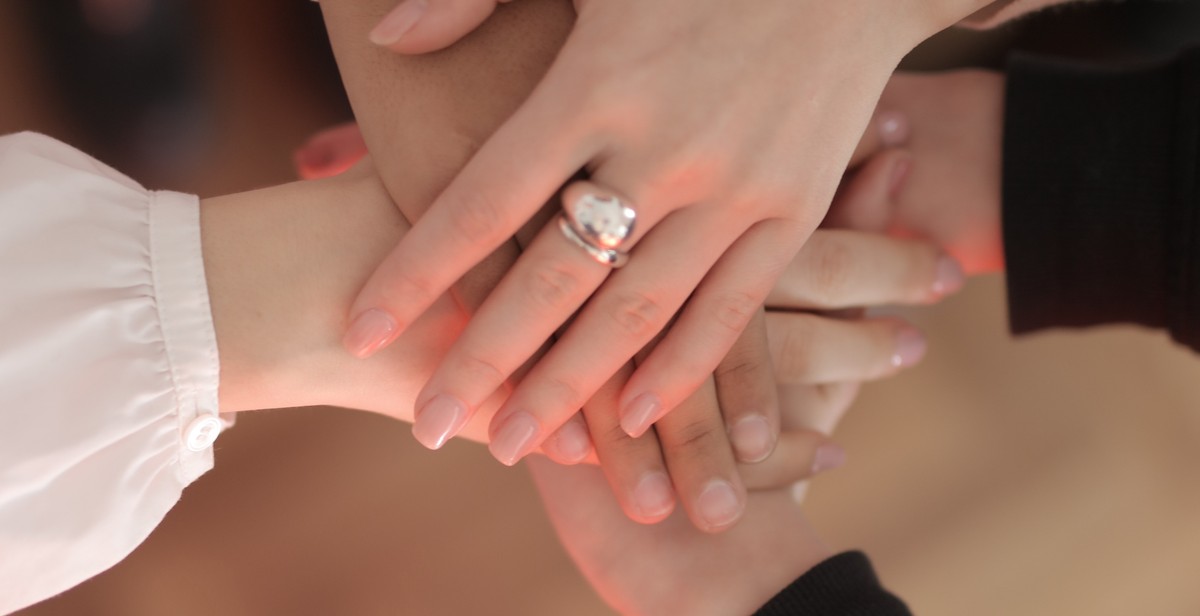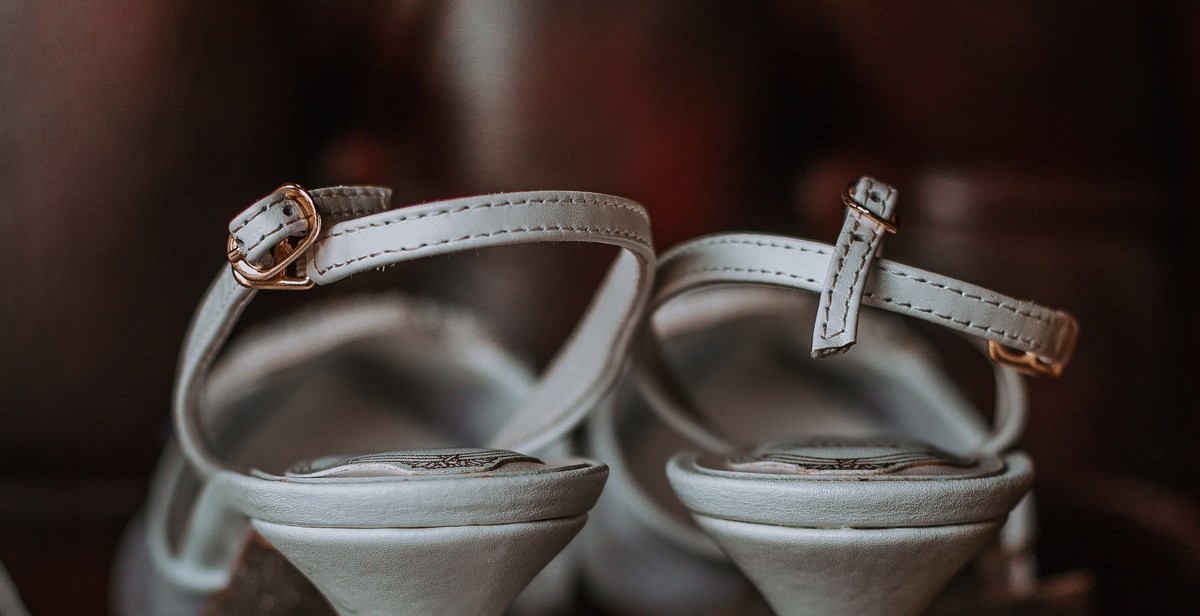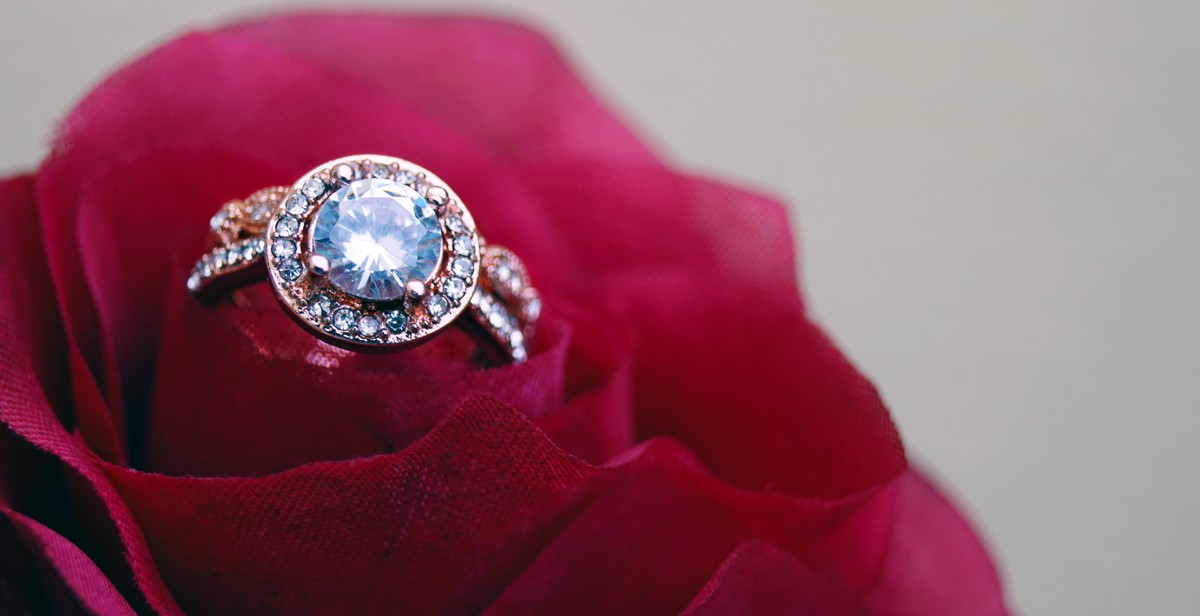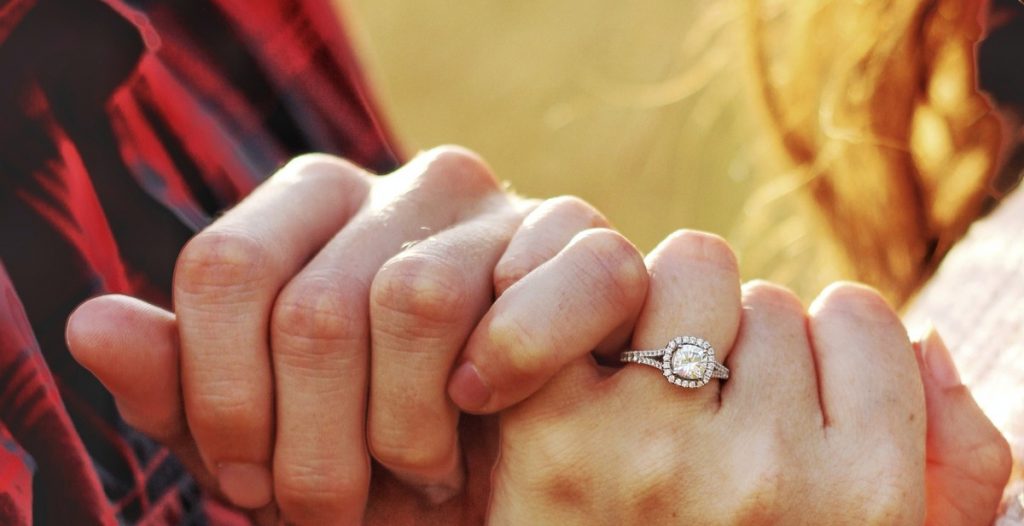What is the history of the engagement ring?
An engagement ring is a symbol of love and commitment between two people. It is a piece of jewelry that is traditionally given by a man to a woman when he proposes marriage. The history of the engagement ring is a fascinating one, dating back thousands of years.
Early History of Engagement Rings
The ancient Egyptians are credited with being the first to exchange engagement rings. They believed that the circle, which has no beginning or end, was a symbol of eternity, and the ring symbolized the couple’s never-ending love for each other. They also believed that the ring finger of the left hand contained a vein that ran directly to the heart, which they called the “vein of love.”
The ancient Greeks and Romans also exchanged engagement rings. The Romans gave betrothal rings made of iron, which symbolized strength and permanence. Later, they began to make rings out of gold, which was a symbol of wealth and prosperity.
The Diamond Engagement Ring
The tradition of giving a diamond engagement ring began in the 15th century when Archduke Maximilian of Austria gave a diamond ring to Mary of Burgundy. The diamond was chosen because it was the hardest and most durable gemstone, symbolizing the strength and permanence of the couple’s love.
The popularity of diamond engagement rings grew in the 20th century due to an advertising campaign by De Beers, a diamond mining company. Their slogan, “A Diamond is Forever,” became synonymous with the concept of eternal love and solidified the diamond engagement ring as the ultimate symbol of love and commitment.
Conclusion
The history of the engagement ring is a rich and varied one, with traditions and symbols that have evolved over thousands of years. Today, the engagement ring remains a beloved tradition, with couples around the world exchanging rings as a symbol of their love and commitment to each other.
Ancient Times
The history of the engagement ring dates back to ancient times, where it held a significant meaning in different cultures. In Egypt, for example, the engagement ring was a symbol of eternity, with the circular shape representing the never-ending cycle of life. The ancient Egyptians believed that the fourth finger on the left hand had a special vein that connected directly to the heart, which is why they wore the engagement ring on that finger.
In Greece, the engagement ring was also worn on the fourth finger of the left hand, but it had a different meaning. The Greeks believed that the ring finger had a vein that ran directly to the heart, which they called the “vein of love.” The engagement ring was a symbol of love and commitment, and it was often made of iron or gold.
In Rome, the engagement ring was a symbol of ownership. The groom would give his bride-to-be a gold ring, which she would wear in public to show that she was taken. The ring was not just a symbol of love, but also a sign of the groom’s financial and social status.
| Country | Symbolism | Finger |
|---|---|---|
| Egypt | Eternity | Fourth finger of left hand |
| Greece | Love and commitment | Fourth finger of left hand |
| Rome | Ownership | No specific finger |
Overall, the engagement ring has a rich history, with different meanings and symbolism in various cultures. Today, it continues to be a symbol of love and commitment between two people.

The Middle Ages
The Middle Ages, also known as the medieval period, spanned from the 5th century to the 15th century. During this time, the concept of engagement rings began to emerge. However, engagement rings were not yet the diamond-encrusted symbols of love that we know today. Instead, they were simple bands made of metal.
In the Middle Ages, engagement rings were not just a symbol of love and commitment, but also a legal agreement. The groom would give the bride a ring as a sign of his intention to marry her, and this ring would serve as proof of their agreement. The ring was also considered a form of payment, as it would be forfeited if the groom broke off the engagement.
During this time, the metal used to make engagement rings was often iron, as it was durable and abundant. However, as the Middle Ages progressed, gold and silver became more popular materials for engagement rings.
Another interesting aspect of engagement rings in the Middle Ages was that they were often engraved with romantic inscriptions or symbols. These engravings were meant to symbolize the couple’s love and commitment to one another.
Overall, the Middle Ages marked the beginning of the tradition of engagement rings. While they were not yet the extravagant symbols of love that we know today, they were still an important symbol of commitment and legal agreement.

The Renaissance
The Renaissance period saw a resurgence of interest in ancient Greek and Roman art and culture, which heavily influenced the design of engagement rings. Rings during this time were often engraved with intricate designs, such as floral motifs and mythological figures. Diamonds were still relatively rare and expensive, so colored gemstones like rubies and sapphires were more commonly used.
One famous example of a Renaissance engagement ring is the gold and enamel ring given by King Henry VIII to Anne Boleyn in the early 16th century. The ring features a large square-cut diamond and a heart-shaped blue sapphire, set in a band with the initials “H” and “A” intertwined.
The Renaissance also saw the rise of the “posy ring,” which featured a short poem or message engraved on the inside or outside of the band. These rings were often given as tokens of love and affection, and some were even used as wedding rings.
| Characteristics of Renaissance Engagement Rings: |
|---|
| Engraved with intricate designs |
| Colored gemstones like rubies and sapphires were popular |
| The rise of the “posy ring” with short poems or messages engraved on the band |

The Victorian Era
The Victorian Era marked a significant period in history for the engagement ring. This era saw a rise in the popularity of engagement rings, as well as the use of diamonds in them.
During this time, Queen Victoria herself popularized the use of engagement rings with diamonds. In 1840, she received a diamond engagement ring from Prince Albert, which sparked a trend among the wealthy and elite to follow suit.
However, it wasn’t until the discovery of diamond mines in South Africa in the late 1800s that diamonds became more widely available and affordable. This led to an increase in the use of diamonds in engagement rings and solidified their status as the ultimate symbol of love and commitment.
Victorian engagement rings were also known for their intricate and ornate designs, often featuring intricate metalwork and gemstones. Popular styles included the cluster ring, which featured a group of smaller diamonds arranged in a cluster, and the halo ring, which featured a central diamond surrounded by a halo of smaller diamonds.
Overall, the Victorian Era played a crucial role in shaping the engagement ring as we know it today. Its influence can still be seen in the popularity of diamond engagement rings and intricate designs.

The 20th Century
The 20th century saw a significant shift in the popularity and style of engagement rings. Two major factors influenced this change – the De Beers marketing campaign and the rise of modern styles.
The De Beers Marketing Campaign
In the early 1900s, the De Beers diamond company launched a marketing campaign that would change the engagement ring industry forever. The campaign, which included slogans like “A Diamond is Forever” and “Diamonds Are a Girl’s Best Friend,” aimed to make diamonds the ultimate symbol of love and commitment.
The De Beers campaign was incredibly successful, and by the 1940s, nearly 90% of all engagement rings featured a diamond. The company also popularized the idea of spending two months’ salary on an engagement ring, which has since become a cultural norm.
The Rise of Modern Styles
In the mid-1900s, modern styles began to emerge in the world of engagement rings. These styles were characterized by sleek, minimalist designs that emphasized the beauty of the diamond.
One of the most popular modern styles is the solitaire engagement ring, which features a single diamond on a simple band. Another popular style is the three-stone ring, which features three diamonds of different sizes and shapes.
As the century progressed, engagement ring styles continued to evolve, with designers experimenting with new materials, shapes, and settings. Today, there is a wide range of engagement ring styles available, from vintage-inspired designs to modern, minimalist pieces.
Conclusion
Engagement rings have a rich history dating back to ancient times, where they were used as a symbol of love and commitment. From the ancient Egyptians to the Romans, Greeks, and Victorians, the engagement ring has evolved over the centuries, with each civilization adding its unique touch to the design and symbolism.
Today, engagement rings continue to be an important part of modern culture, with an estimated $13 billion spent on engagement rings in the United States alone each year. The diamond engagement ring has become the most popular choice, thanks to a clever marketing campaign by De Beers in the mid-20th century.
Despite the popularity of the diamond engagement ring, there are many other options available, including colored gemstones, vintage styles, and custom designs. No matter what the style or the cost, the engagement ring remains a powerful symbol of love and commitment, and it will continue to be an essential part of marriage proposals for generations to come.
Key Takeaways
- The ancient Egyptians were the first to use engagement rings as a symbol of love and commitment.
- The Romans and Greeks also used engagement rings, with the Romans being the first to use the ring on the fourth finger of the left hand.
- The Victorians popularized the diamond engagement ring, and De Beers’ marketing campaign in the mid-20th century solidified the diamond as the most popular choice.
- Today, there are many different styles and options available for engagement rings, including colored gemstones, vintage designs, and custom creations.
Final Thoughts
Whether you’re a traditionalist who prefers a classic diamond engagement ring or someone who wants to break with tradition and choose something unique, the engagement ring is a symbol of love and commitment that will always be cherished. With its long and fascinating history, the engagement ring is not just a piece of jewelry, but a symbol of the enduring power of love.

